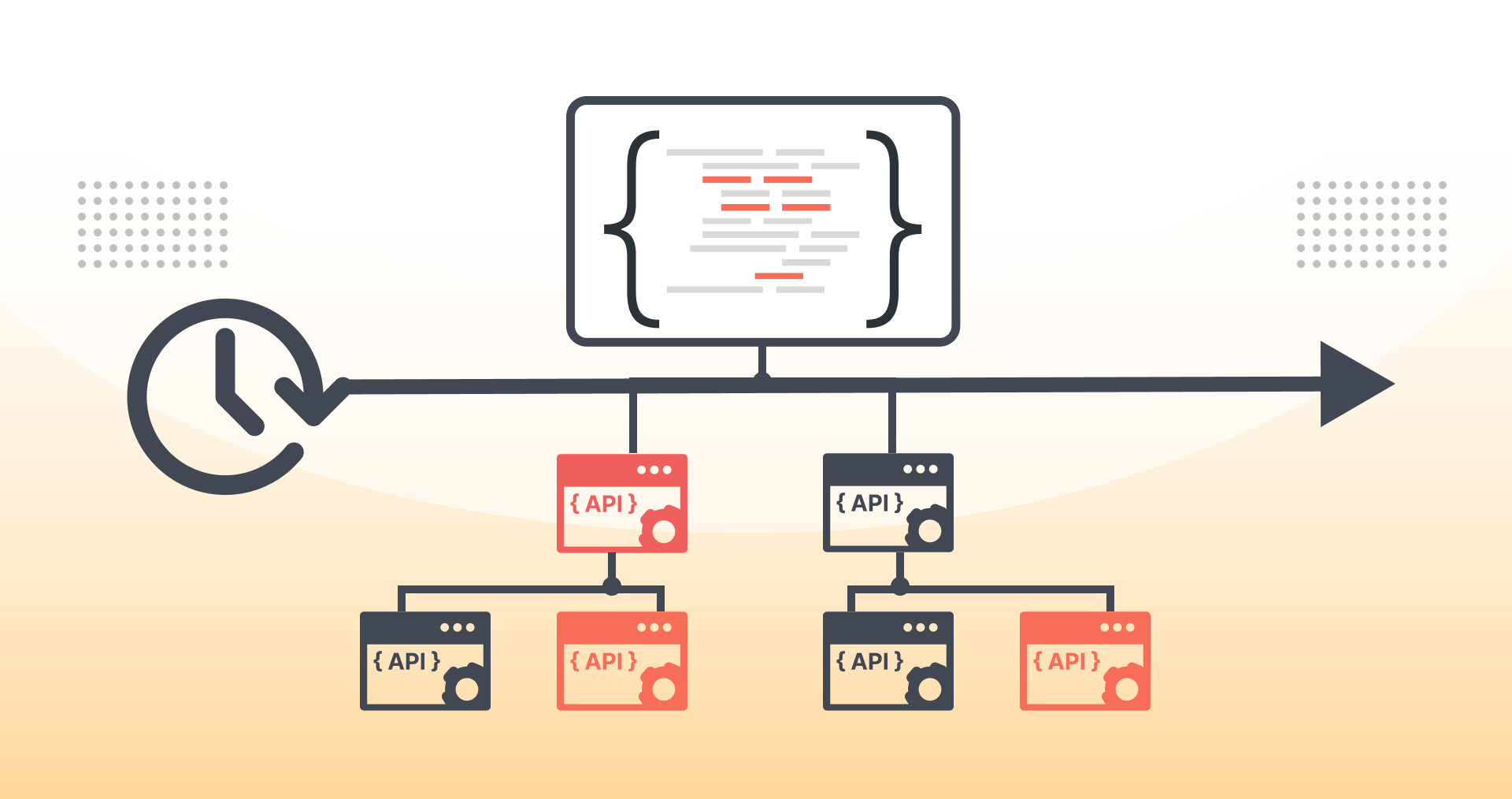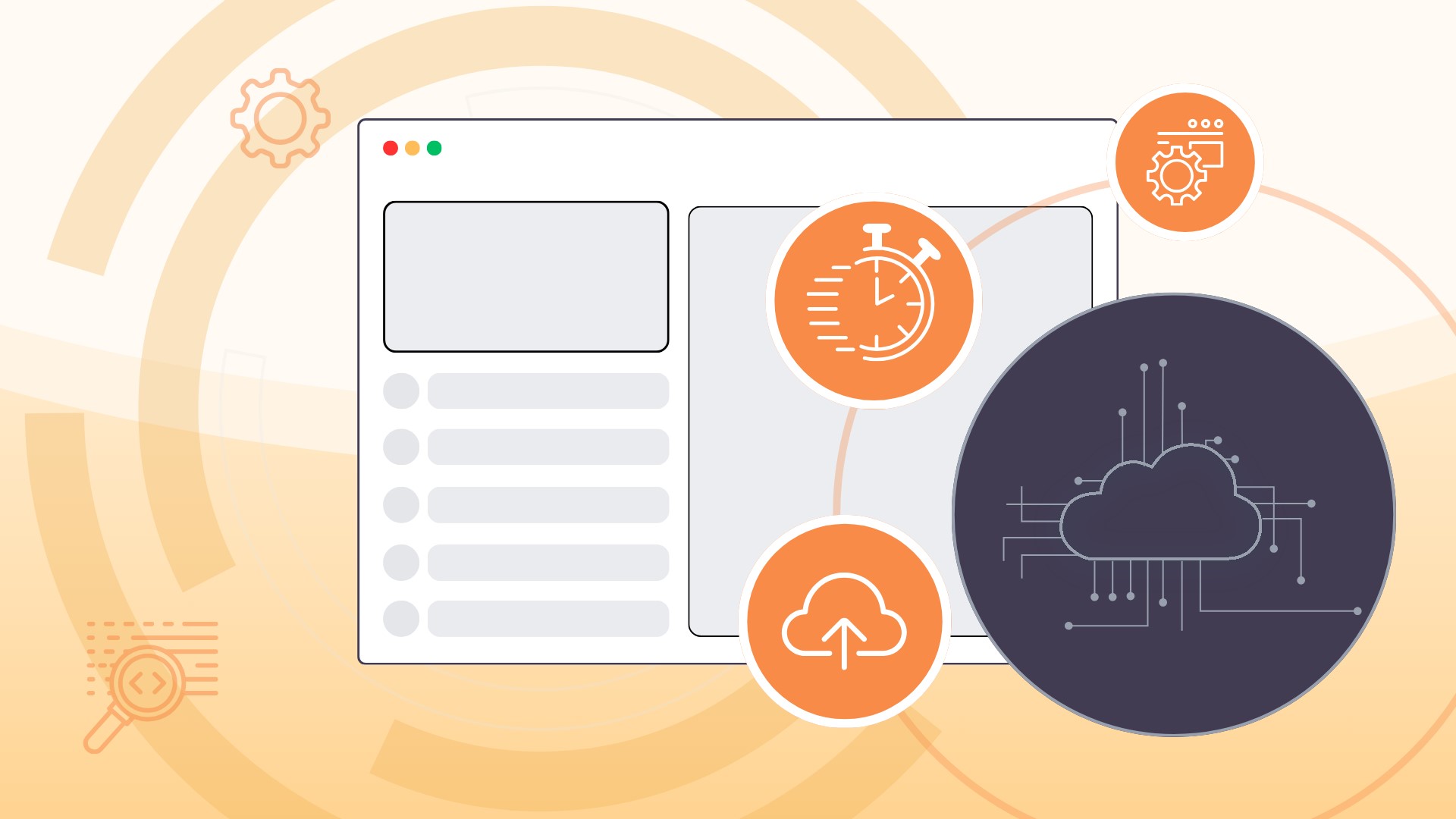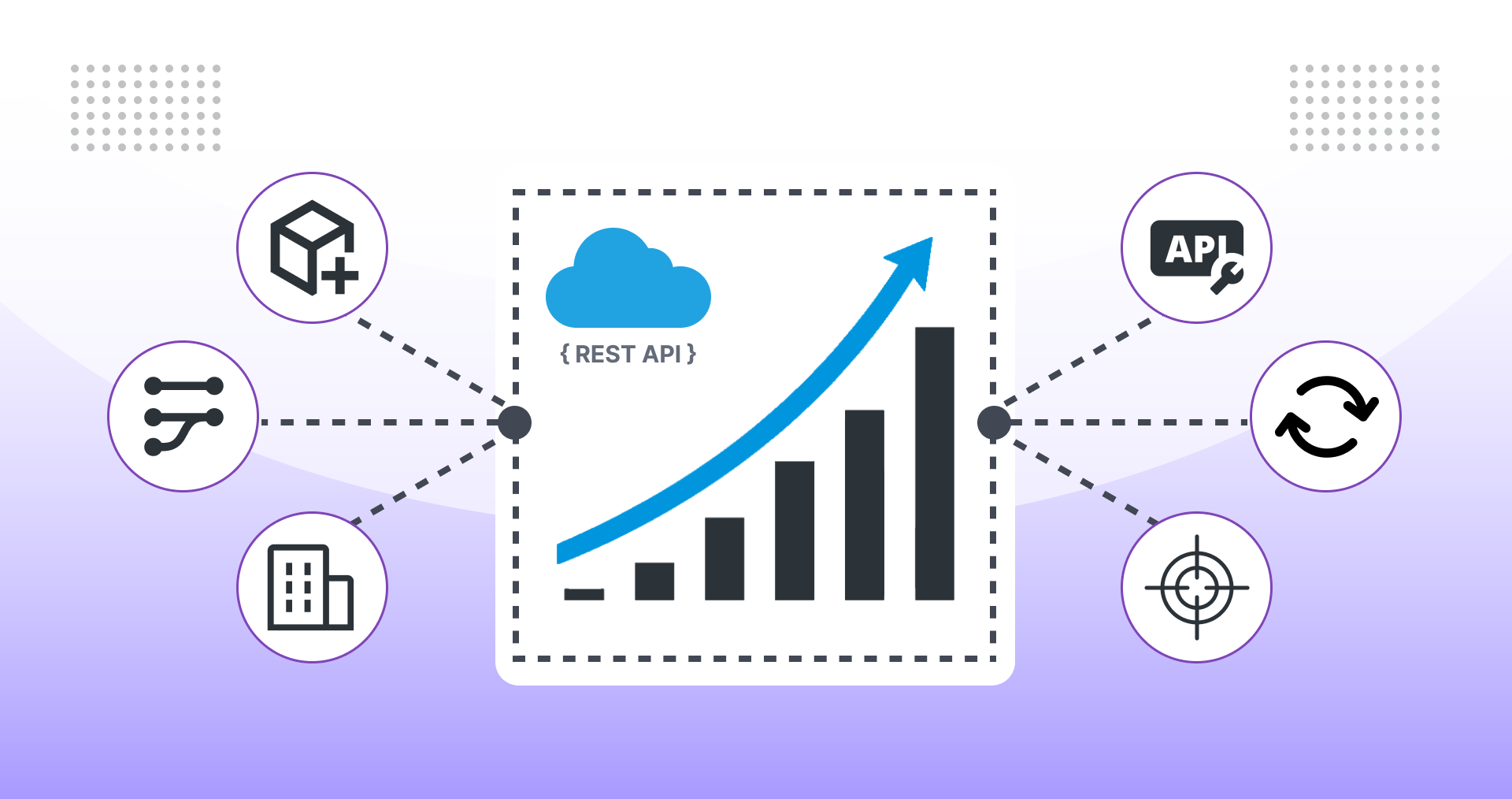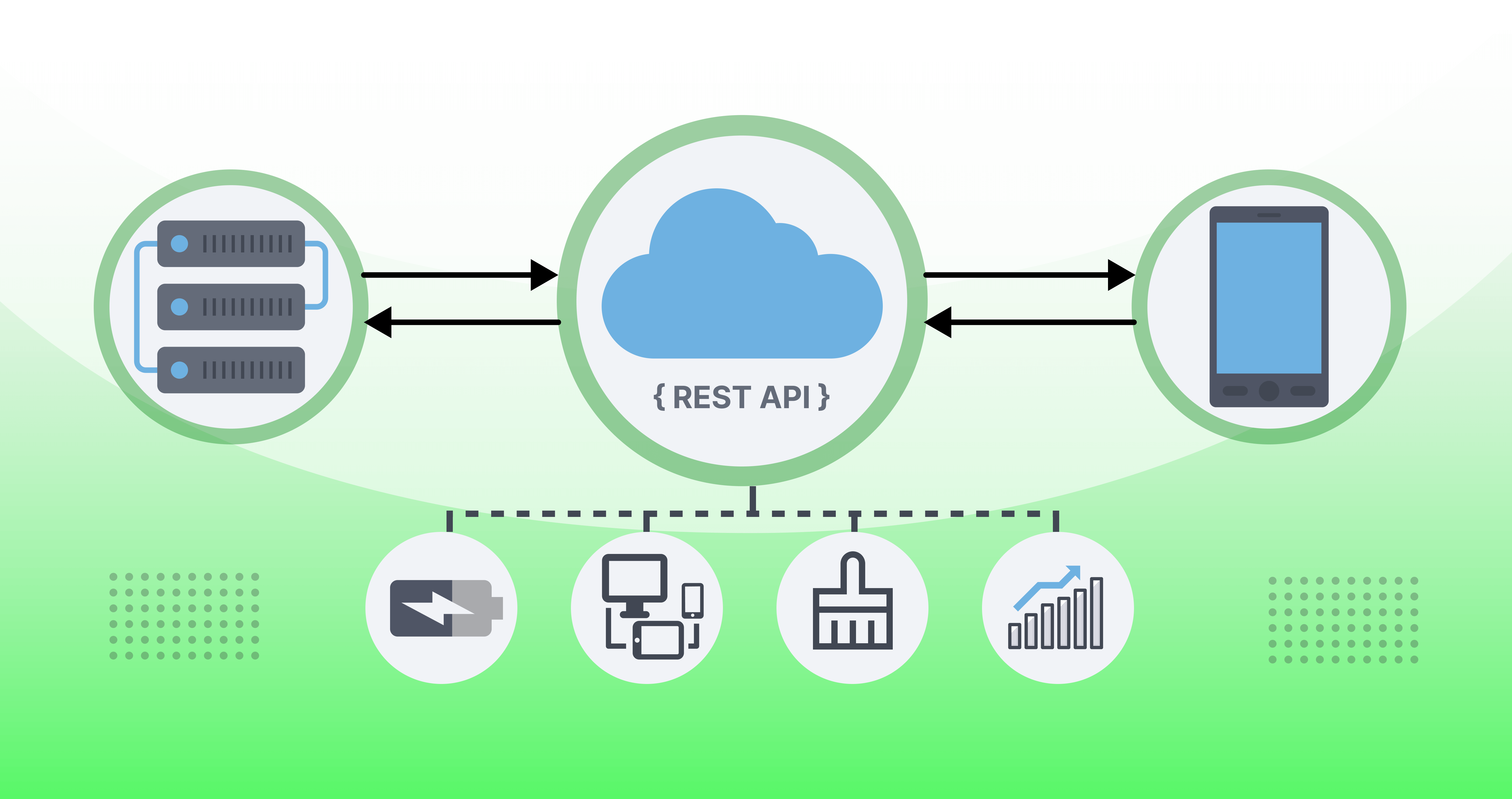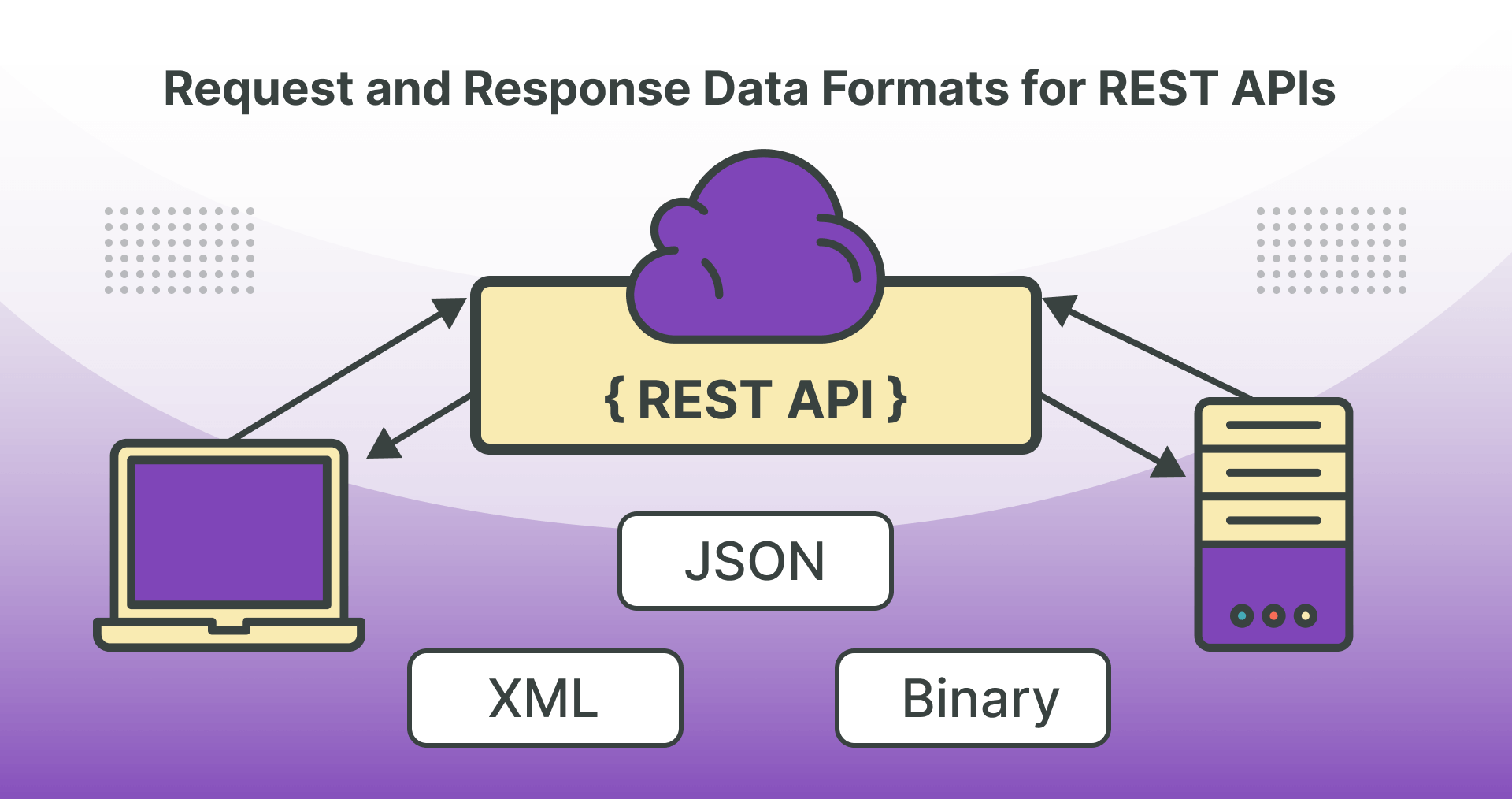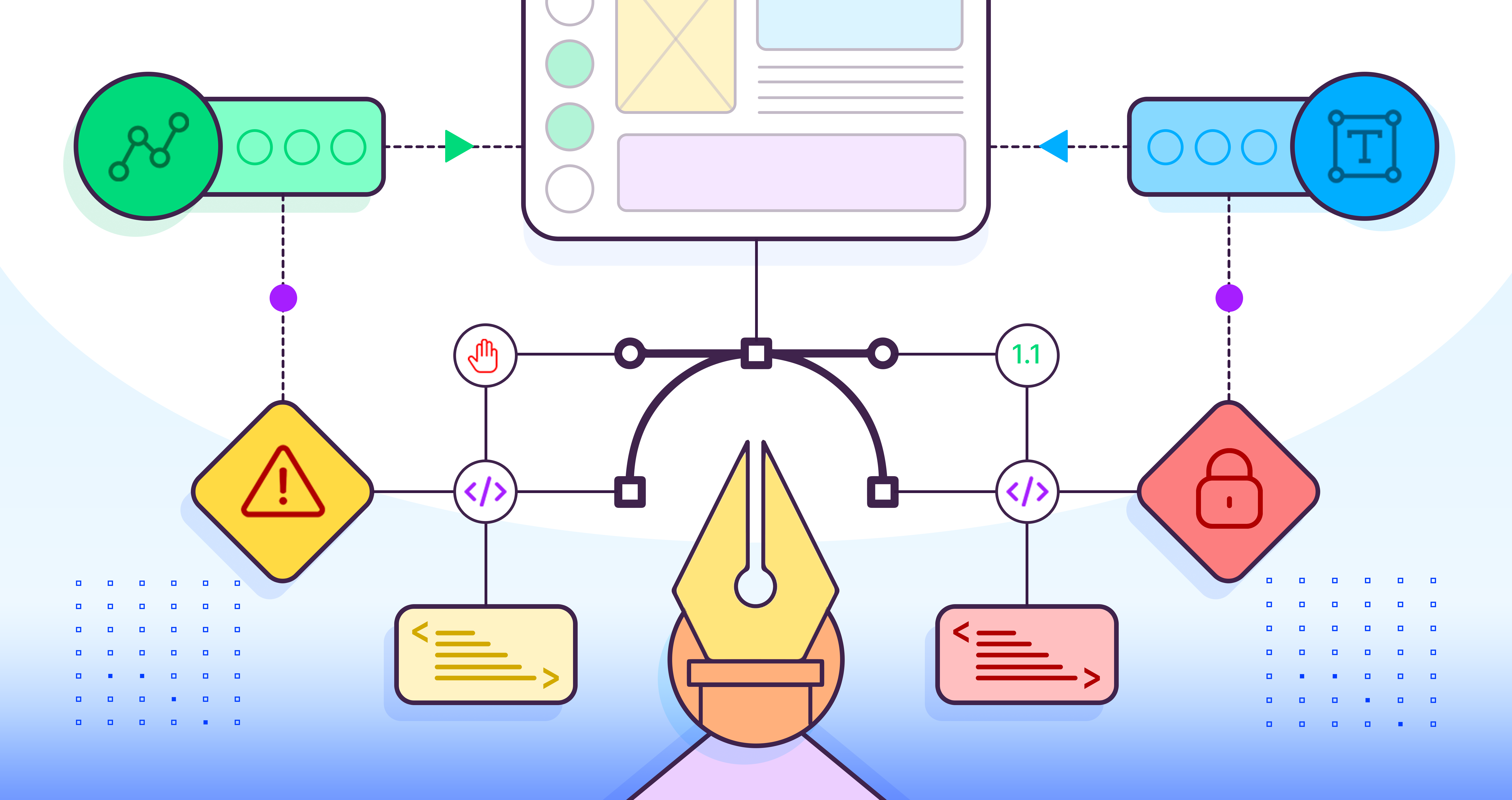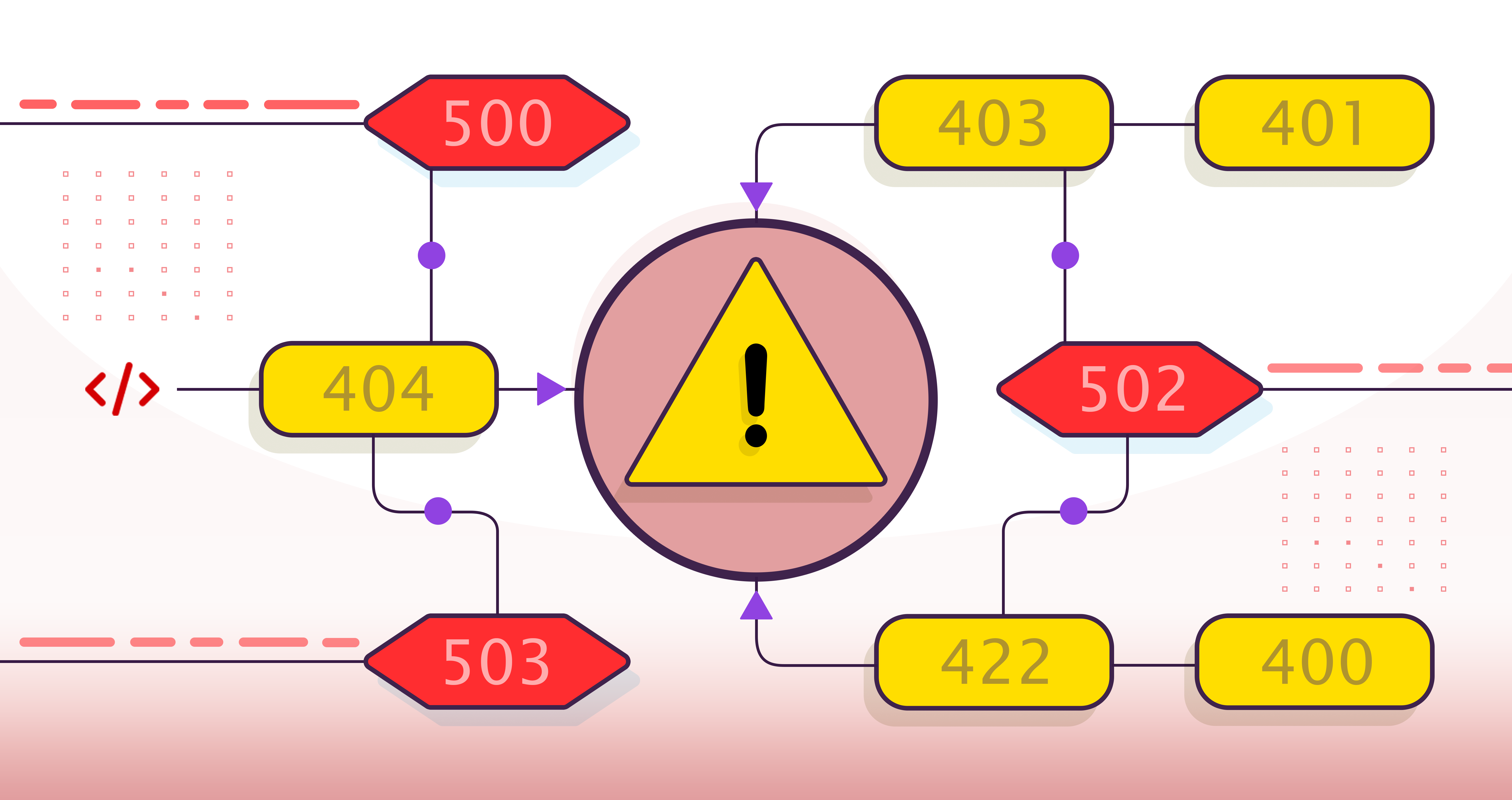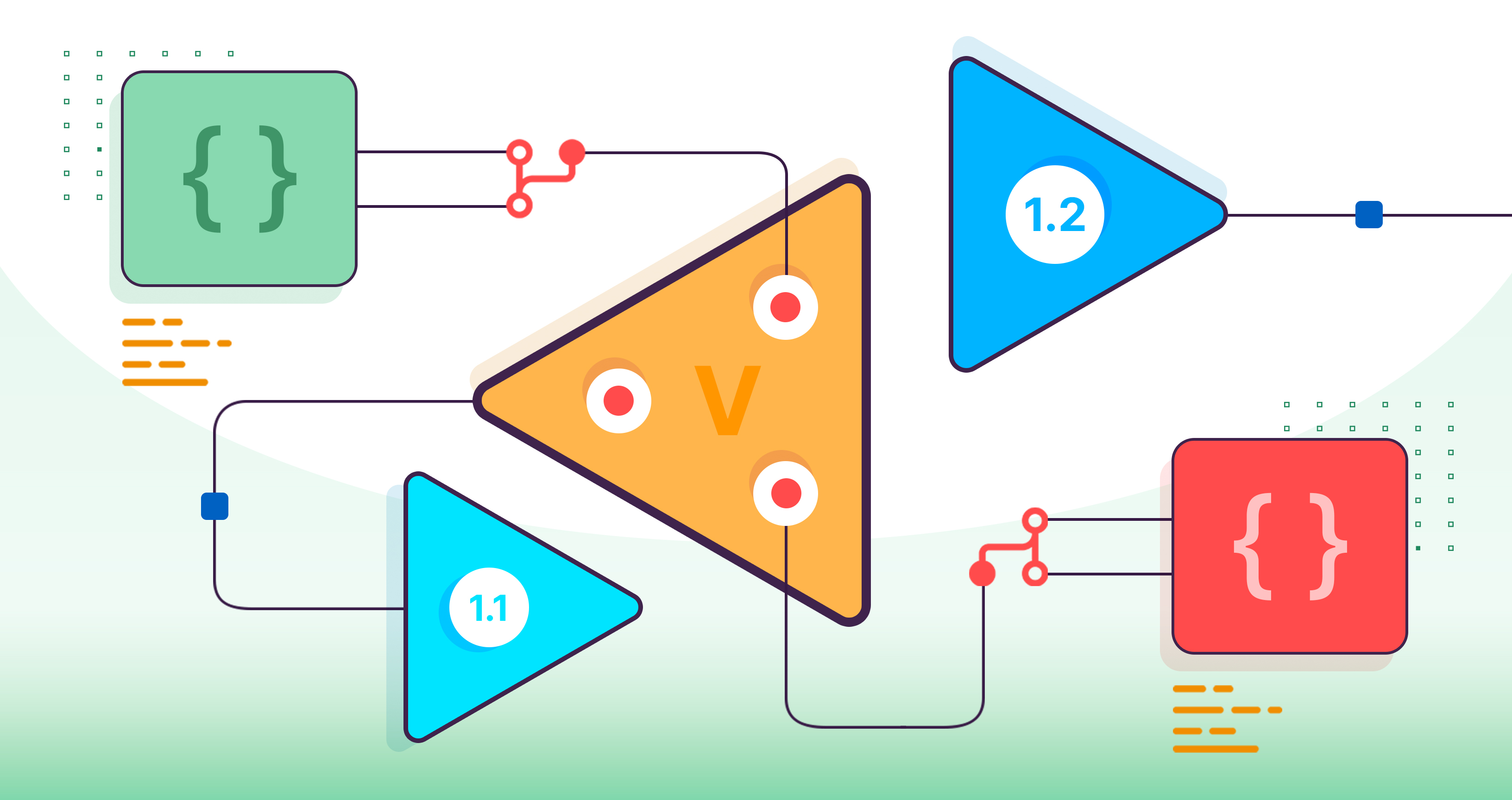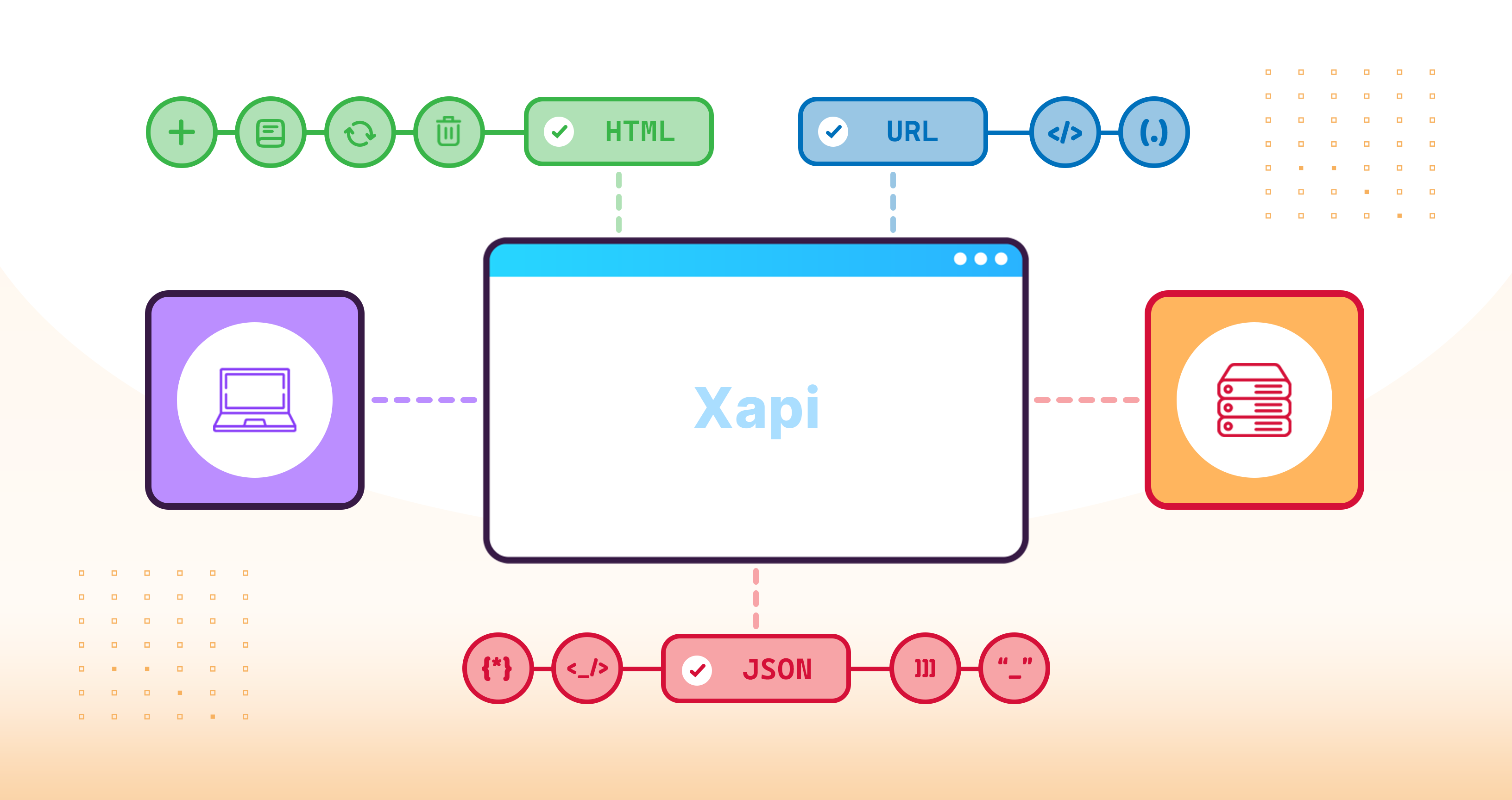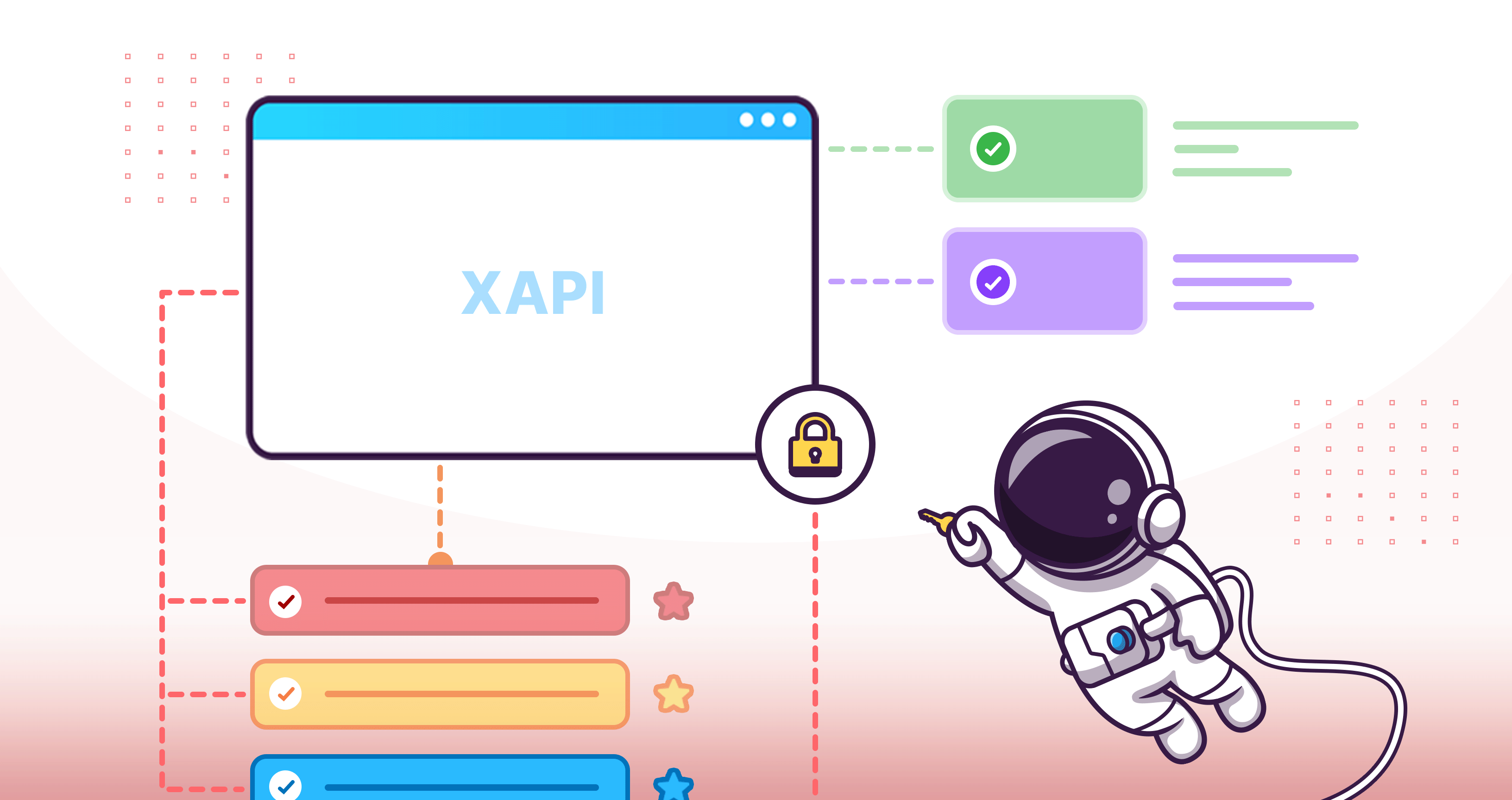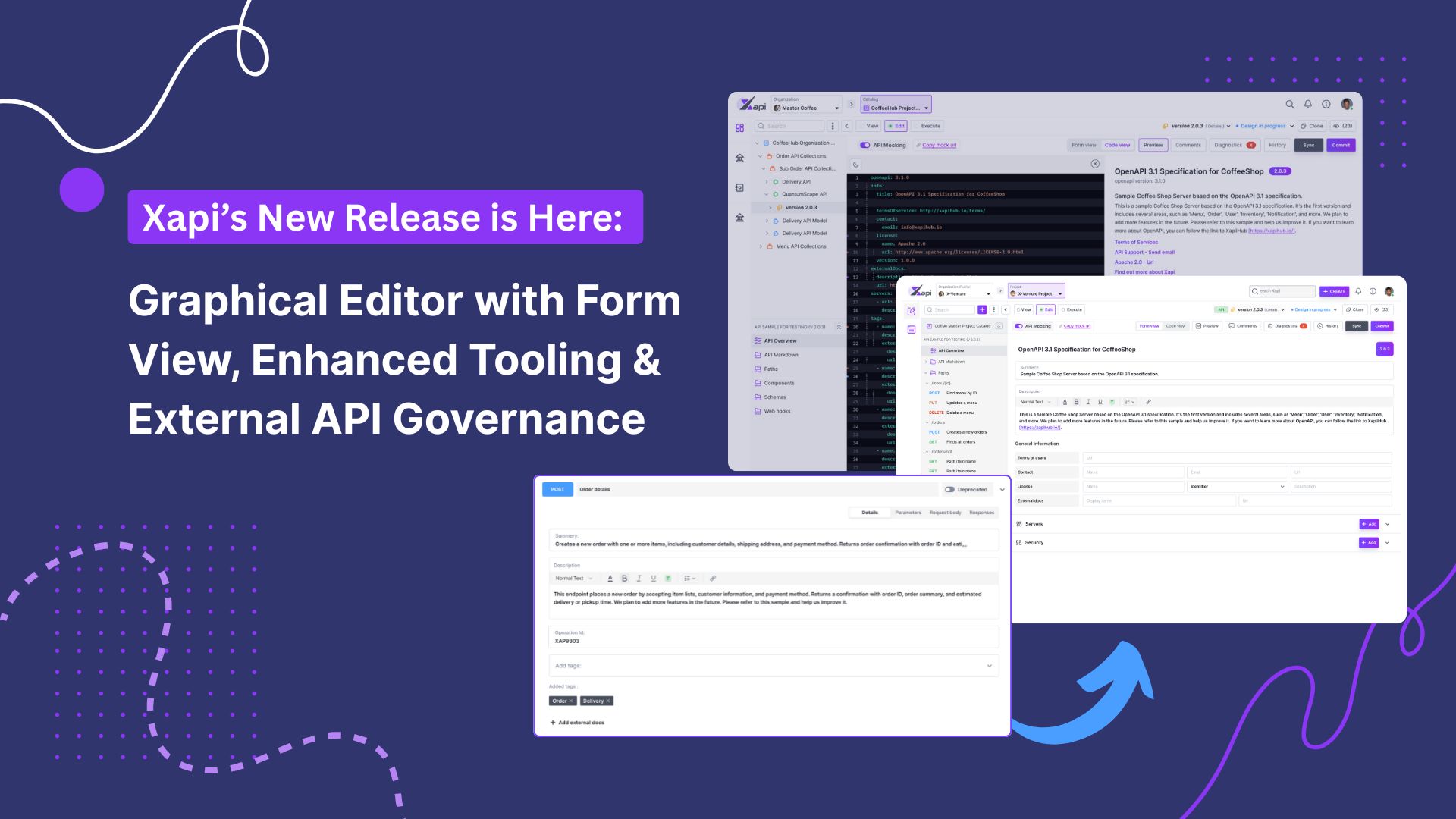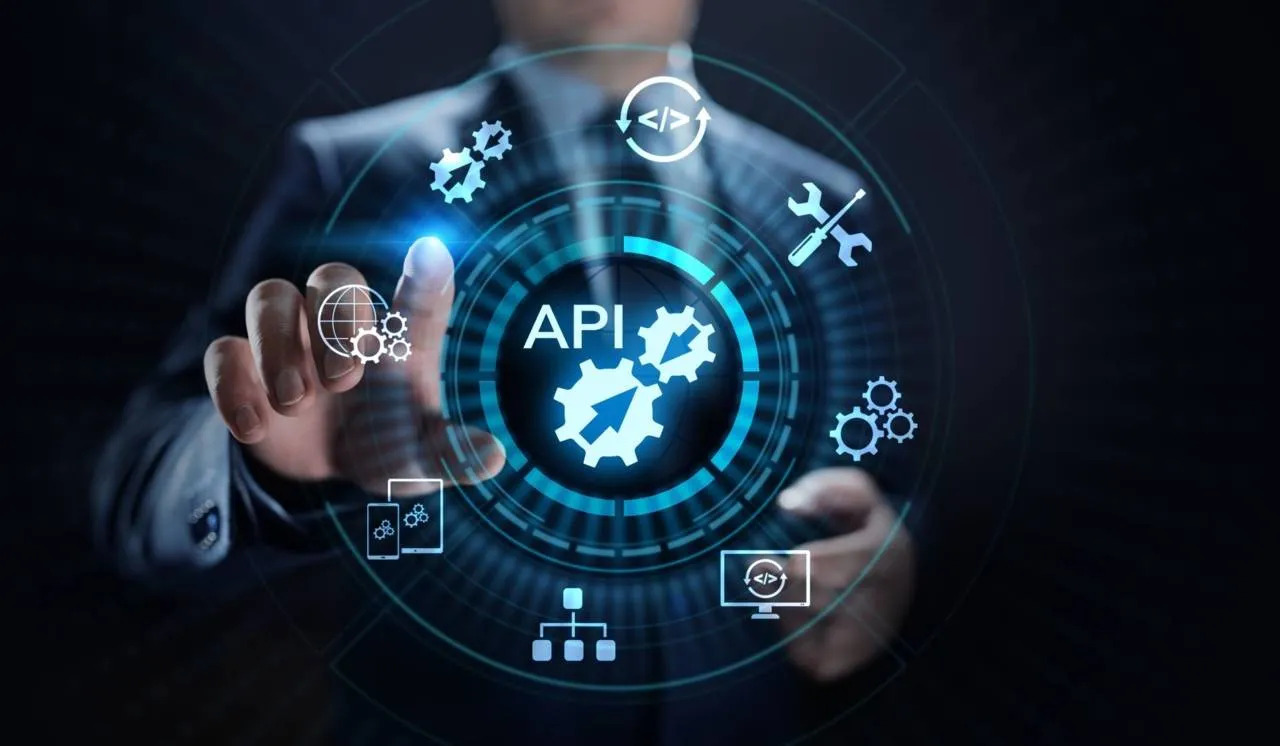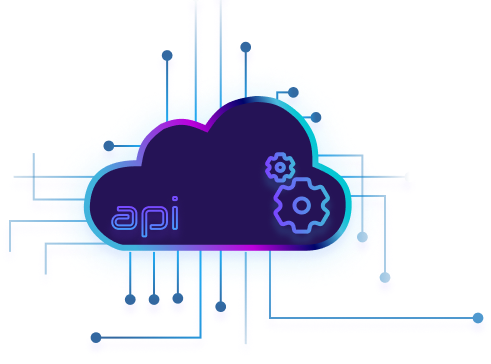Monetizing APIs: Unlocking New Revenue Streams through API Products
.png)
Nithmi Onara
05 June,2024 •
9 mins read
Beyond their technical utility, APIs present a lucrative opportunity to unlock new revenue streams. Monetizing APIs has become a strategic approach for businesses to explore new revenue streams, improve customer engagement, and drive innovation. They facilitate the integration of third-party services, enhance user experiences, and drive business growth. This blog explores the strategies and models for effectively monetizing your APIs.
What is API monetization?
Any enterprise that wants to take advantage of the new API economy must have an API monetization plan in place as the market becomes more expansive and opportunities arise due to the increasing use of APIs. API monetization is a strategy that enterprises use on their APIs to earn an income either directly or indirectly by trading them. Developing a business strategy for your APIs is the essence of monetization. Additionally, the strategy should ensure that you provide your API consumers with constant, high-quality value.
Why monetize APIs?
Generating revenue is not the only reason that enterprises monetize their APIs. APIs hold much more potential than transforming into valuable assets. Here are some perks of monetizing APIs:
- Revenue growth: As you know by now APIs can become an additional source of income for business models. This reduces the dependence on a single revenue source and creates financial resilience. Today's businesses possess valuable data or functionalities that remain underutilized. API monetization exposes these hidden assets to income generators.
- Enhance customer value and retention: Well-designed and monetized APIs can attract developers and businesses who are seeking specific functionalities. This helps to create community around your APIs with value-added services and strength relationships with customers.
- Competitive advantage and market expansion: Developers can build third-party applications with publicly available APIs. It helps to extend the reach of customers and brand recognition. Monetized APIs can enter new markets by providing access to different geographical regions or new user segments to the API.
API monetization revenue models
API product managers have several revenue strategies when it comes to monetization. Those models can be divided to two main categories:
- Direct API monetization
When discussing API monetization, API-as-a-Product concept is a crucial topic where APIs are considered as digital products with documentation, and marketing efforts. Direct monetization is a feasible and likely alternative when the API is the product. And when a company has broad capabilities to interface with other services through APIs, and access to these capabilities is metered and regulated through consumption plans.
Revenue models:
-
Pay-per-call pricing: This model charges based on the number of API calls made for the API, e.g., Twillio.
-
Subscription-based pricing: This model charges a fixed fee on a monthly or annual basis to access the API unlimitedly. This allows users to utilize the API without any restrictions and enhances predictability, e.g., Salesforce.
-
Usage-based pricing: This model charges the users based on the volume or frequency of the API calls. This enhances flexibility for customers, e.g., Google maps.
-
Billing per endpoint: This model charges for the individual API endpoint that is used by the customer.
- Indirect API monetization
In some situations, the direct monetization approach might not be the best way to monetize APIs. In such cases, enterprises do not sell or charge for their APIs directly, but they give free access to APIs hoping to generate traction, ultimately aiming for more sales for the platform.
Benefits of indirect API monetization:
-
Lead generation: This model grants API access for free and the platform can be used as a lead generation tool. This increases user attraction and attention to the platform's products and services.
-
Upselling and cross-selling: This model introduces customers to other products of the enterprise. By giving free API access the enterprise can introduce, upsell and cross-sell other products that the user might be interested in.
-
Brand awareness: Developers and businesses can be familiar with the company portfolio by using their APIs.
Some real-life use cases:
-
Amazon Marketplace: Amazon allows third-party vendors to sell products on their platform through an API. This expands Amazon's product selection without directly managing all the inventory, generating revenue through commissions on sales made by vendors.
-
Fitness Trackers: Many fitness trackers offer APIs that allow users to share data with health and fitness apps. This doesn't generate direct revenue from the API, but it increases the value proposition of the fitness tracker itself, encouraging more users to purchase it.
Case Study:
Amazon Marketplace
Amazon Marketplace is the best example of how indirect API monetization can be a strategic enterprise. While Amazon does not directly charge for API access, it helps APIs to open better revenue streams through its marketplace model.
Challenge
Expand product selection and reach new customers without managing a vast and complex inventory.
Solution:
Amazon Marketplace
Implementation
-
Open Marketplace: Amazon created an open marketplace with an API that allows third-party vendors to list and sell products alongside their own offerings.
-
Integration: The API provides functionalities for product listings, inventory management, order fulfillment, and payment processing.
-
Developer Tools and Support: Amazon offers developer tools and support, making it easy for vendors to integrate their systems with the marketplace.
Benefits for Amazon:
-
Increased Product Selection: By gaining third-party vendors, Amazon offers a wider variety of products, attracting more customers and increasing overall sales volume.
-
Reduced Inventory Management: Amazon doesn't need to hold and manage inventories for all listed products, reducing operational costs and associated risks.
-
Scalability and Growth: The API-driven marketplace allows for rapid scaling without significant infrastructure investments, enabling Amazon to accommodate a growing number of vendors and customers.
-
Data Insights: API usage patterns provide valuable data on customer preferences and buying habits. Amazon can leverage these insights to improve its own product offerings and marketing strategies.
Indirect Revenue Generation:
-
Commissions: Amazon charges vendors a commission on each sale made through the marketplace. This commission structure incentivizes vendors to utilize the platform, generating significant revenue for Amazon.
-
Fulfillment Services: Amazon offers optional fulfillment services to vendors, where they handle storage, packaging, and shipping for a fee.
-
Subscription Fees: Some vendors opt for subscription plans with additional features like enhanced product placements or advertising options.
Impact:
-
Market Dominance: Amazon Marketplace has become the leading online marketplace globally, with millions of vendors and customers relying on its platform.
-
Enhanced Customer Experience: Customers benefit from a vast product selection, competitive prices, and efficient fulfillment options.
Conclusion
Many technological enterprises use API monetization as a strategy of generating income. Developers can utilize the monetizing APIs and use them to develop different applications and software. When monetizing APIs there are many strategies to consider as a product manager, whether it is indirect or direct API monetization. Product managers can market their APIs with a suitable monetization strategy and experience the direct and indirect benefits that API market offers.
References
-
https://blog.axway.com/learning-center/apis/enterprise-api-strategy/enterprises-monetizing-apis
-
https://blog.axway.com/learning-center/apis/enterprise-api-strategy/api-monetization-models
-
https://www.theneo.io/blog/api-monetization-strategies
-
https://aws.amazon.com/marketplace/solutions/awsmp-all-case-studies
.png)
Nithmi Onara
Business Analyst at X-venture



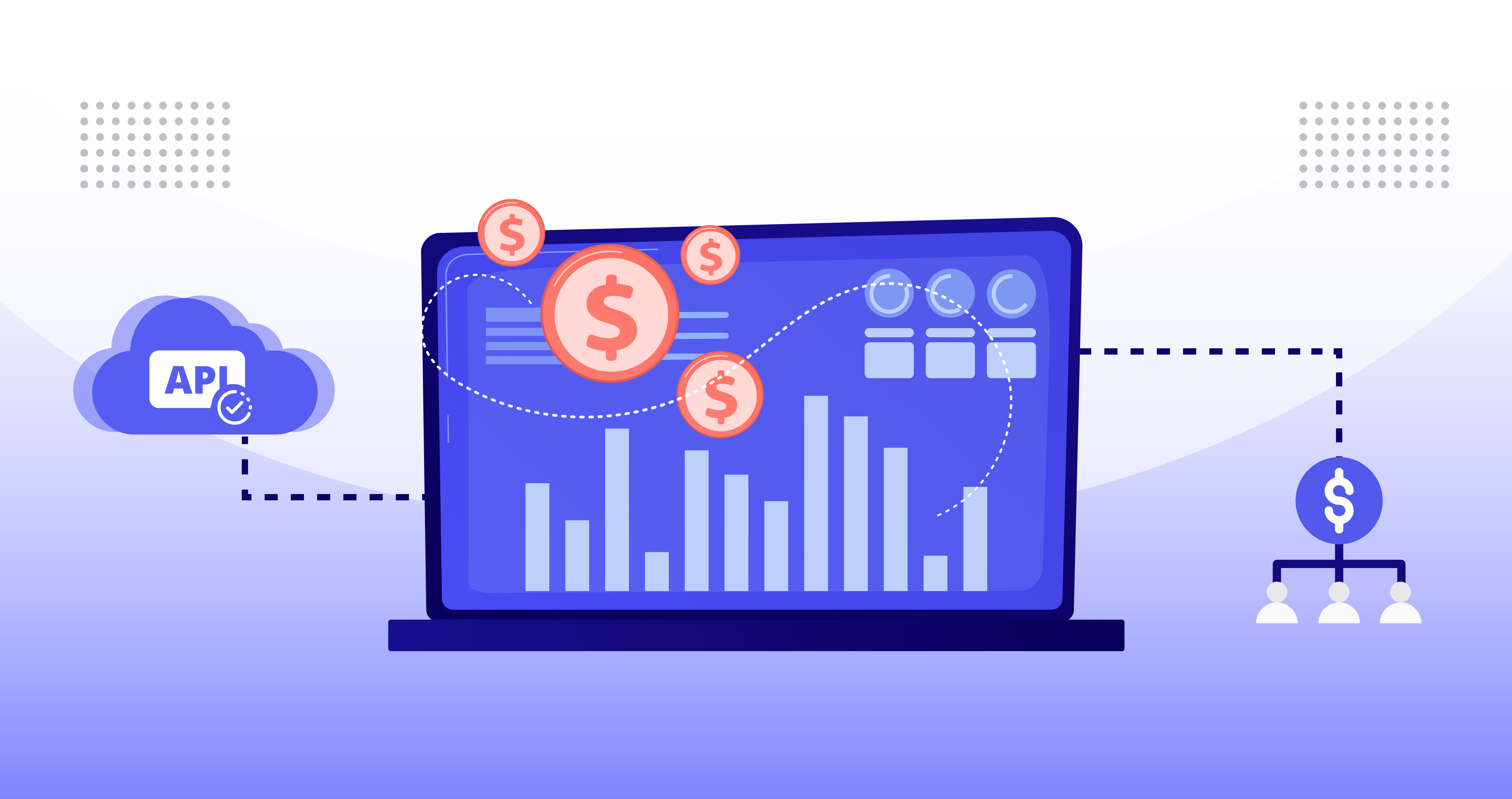
.png)

.jpg)
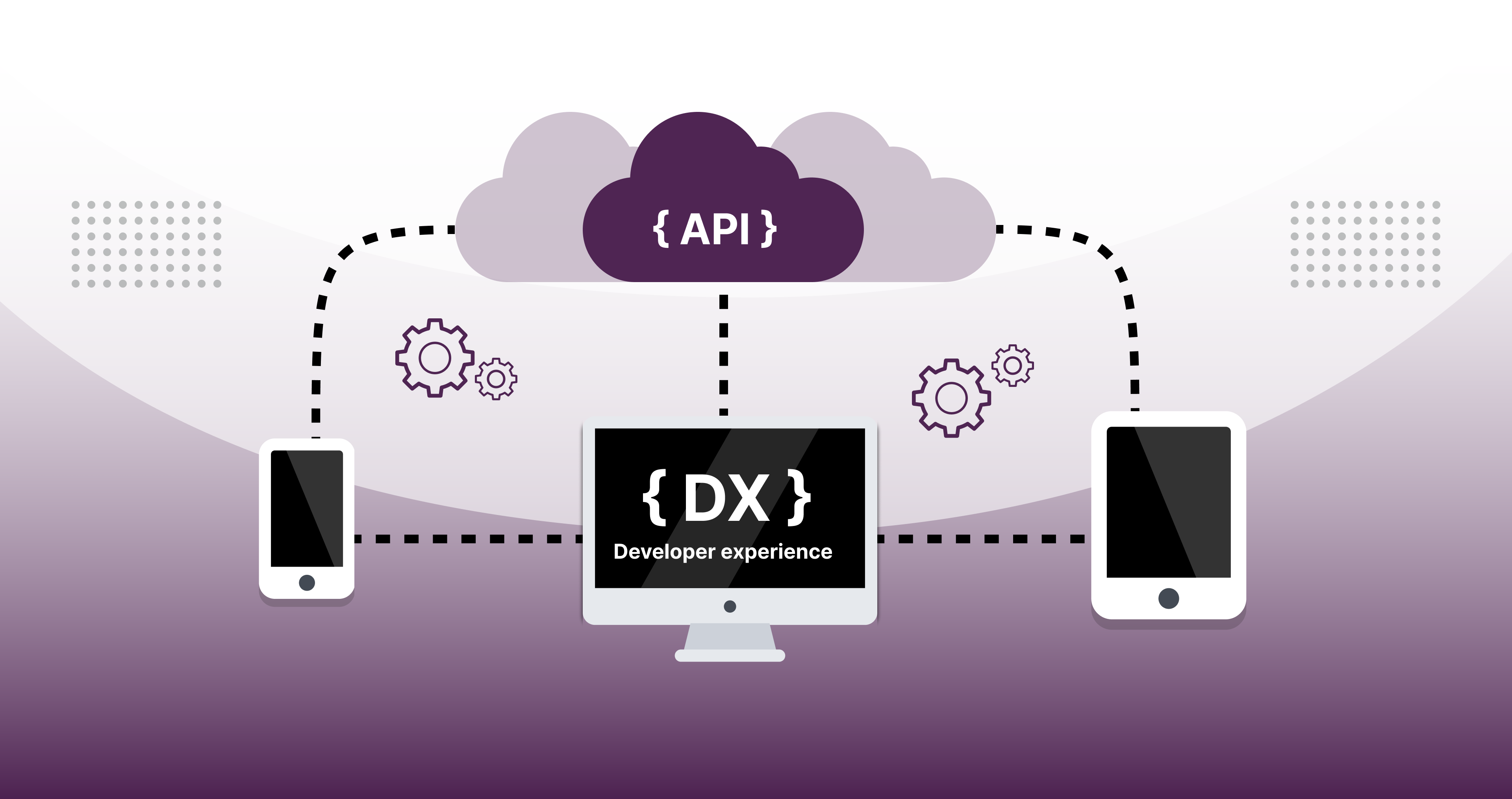

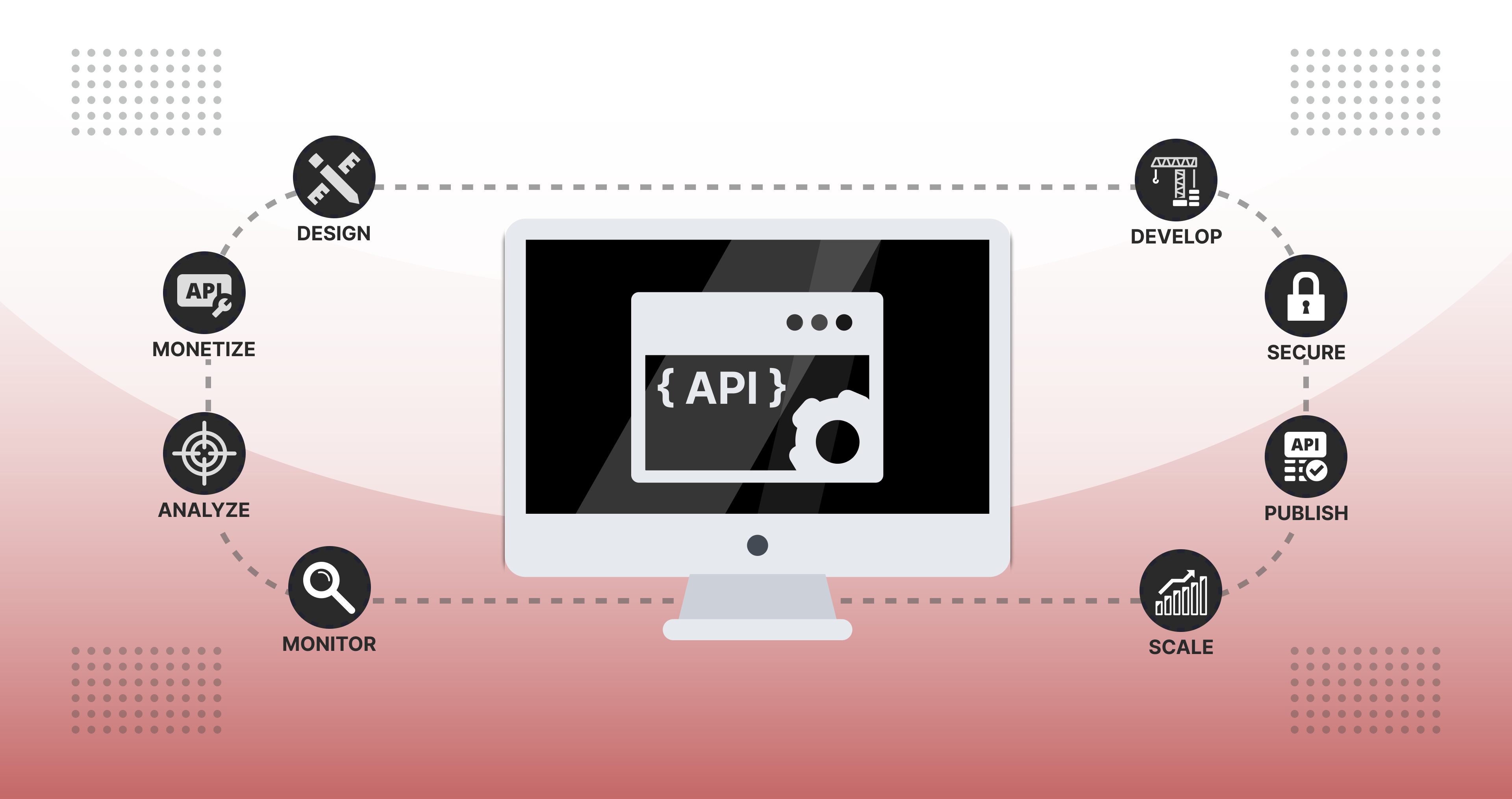
.jpg)
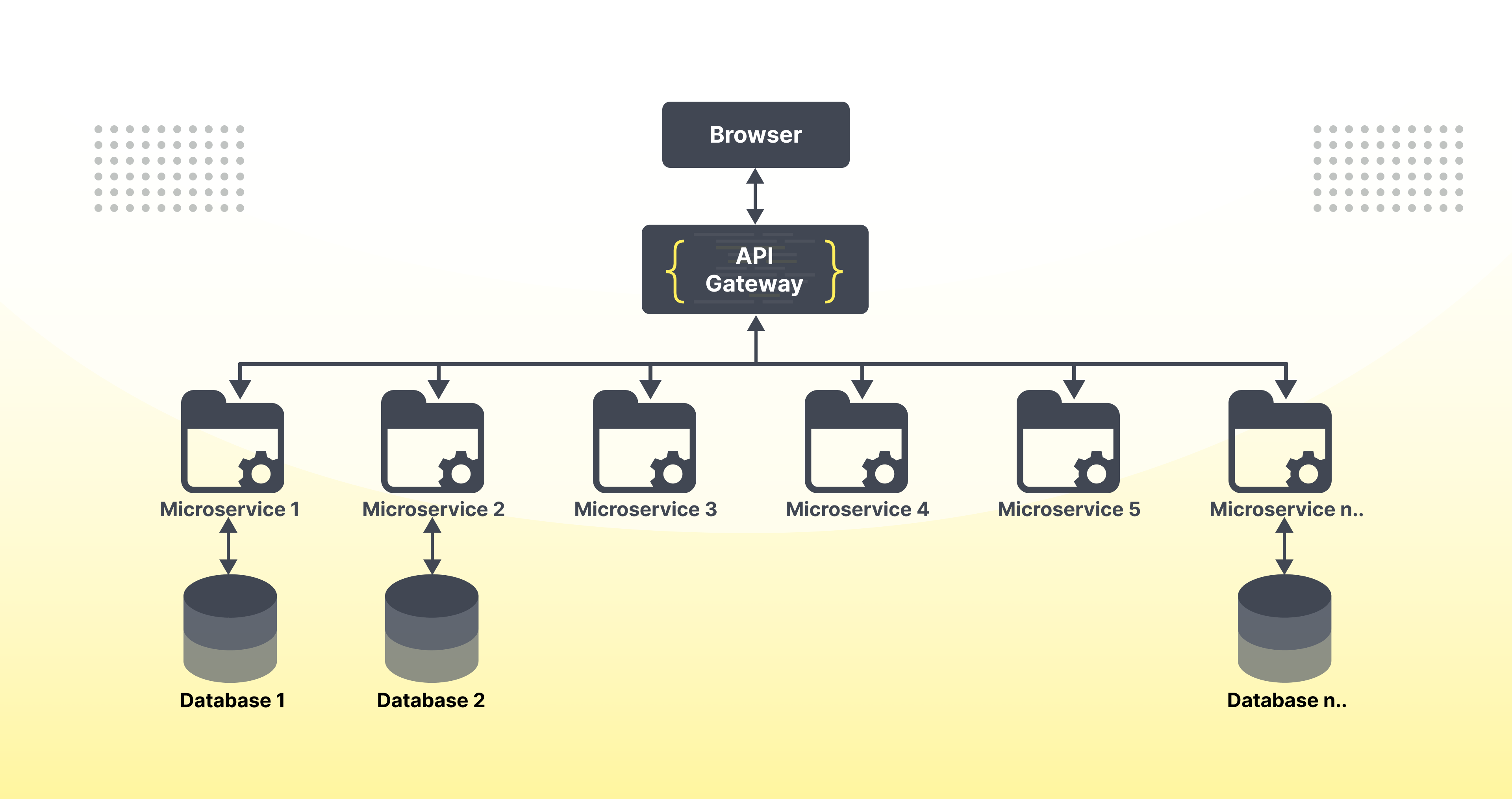





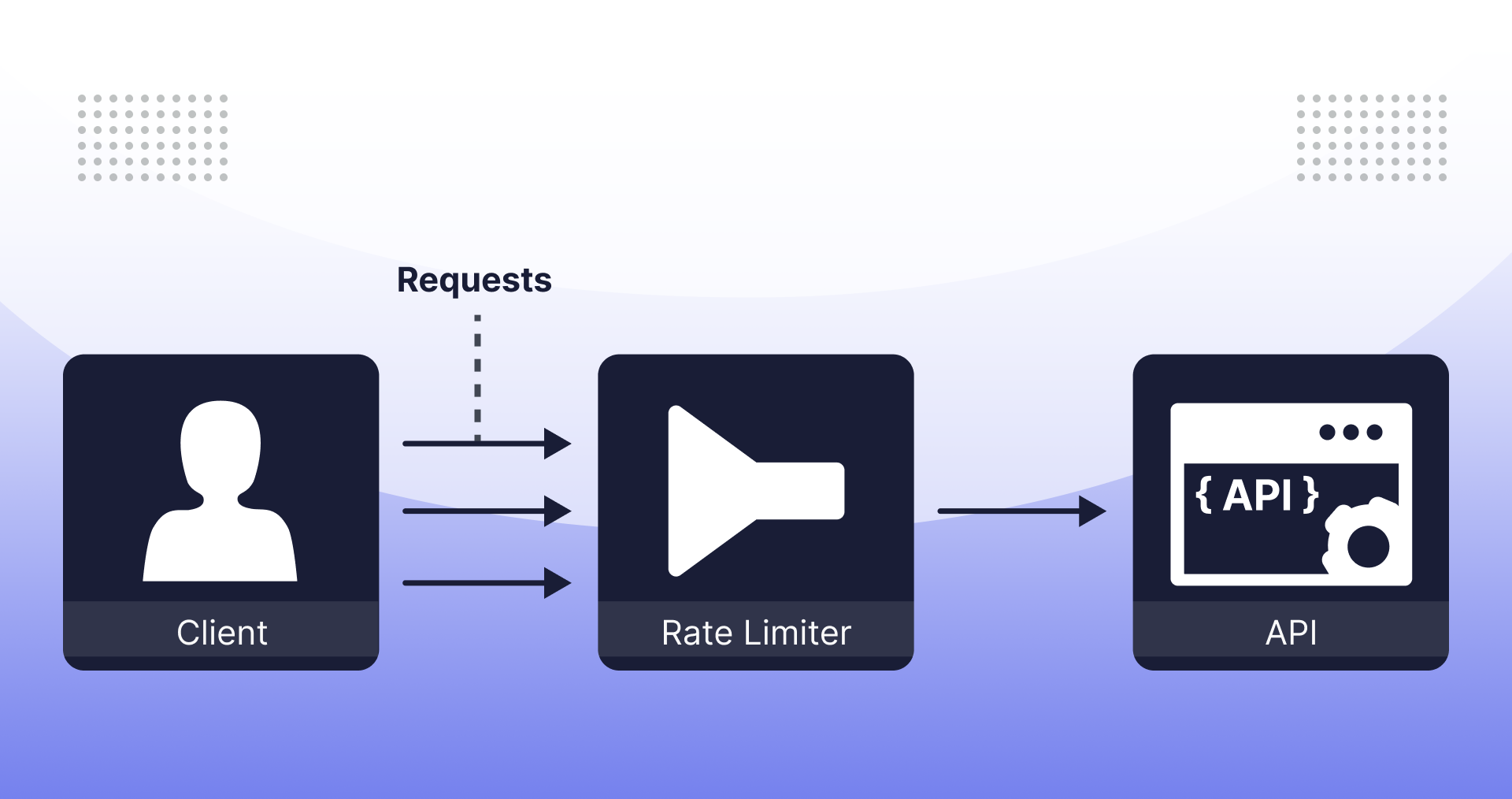



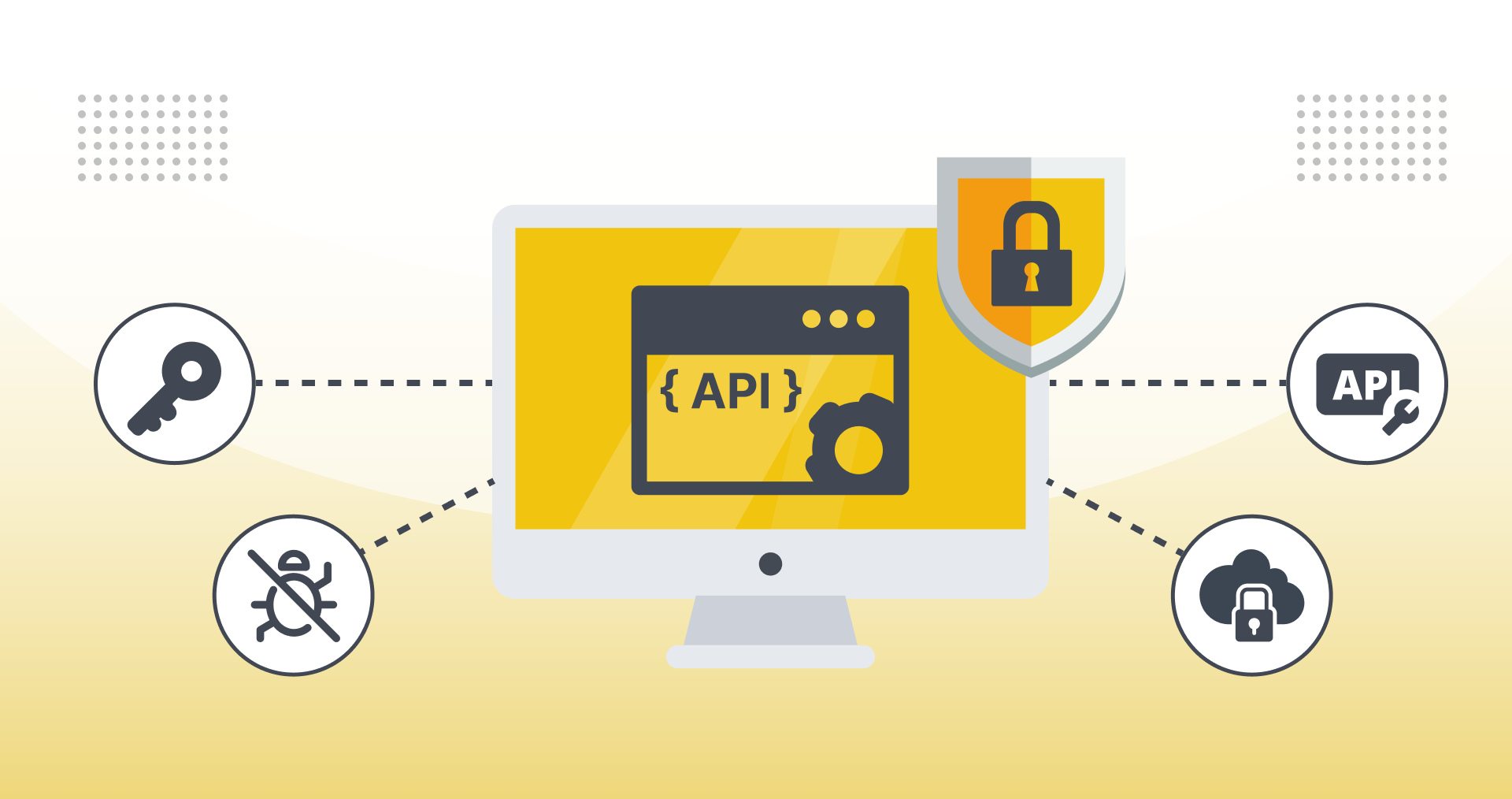

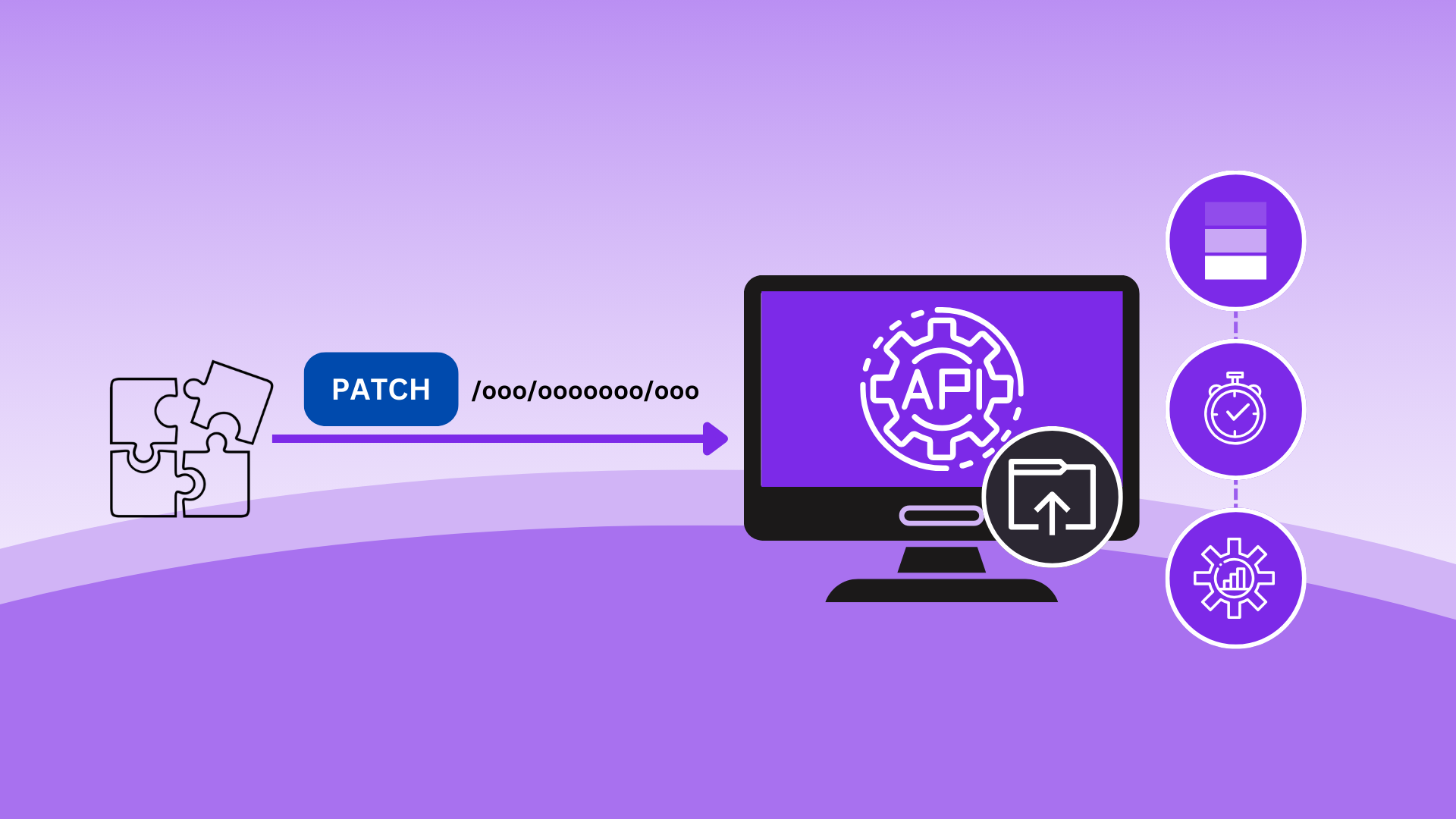
.jpeg)
